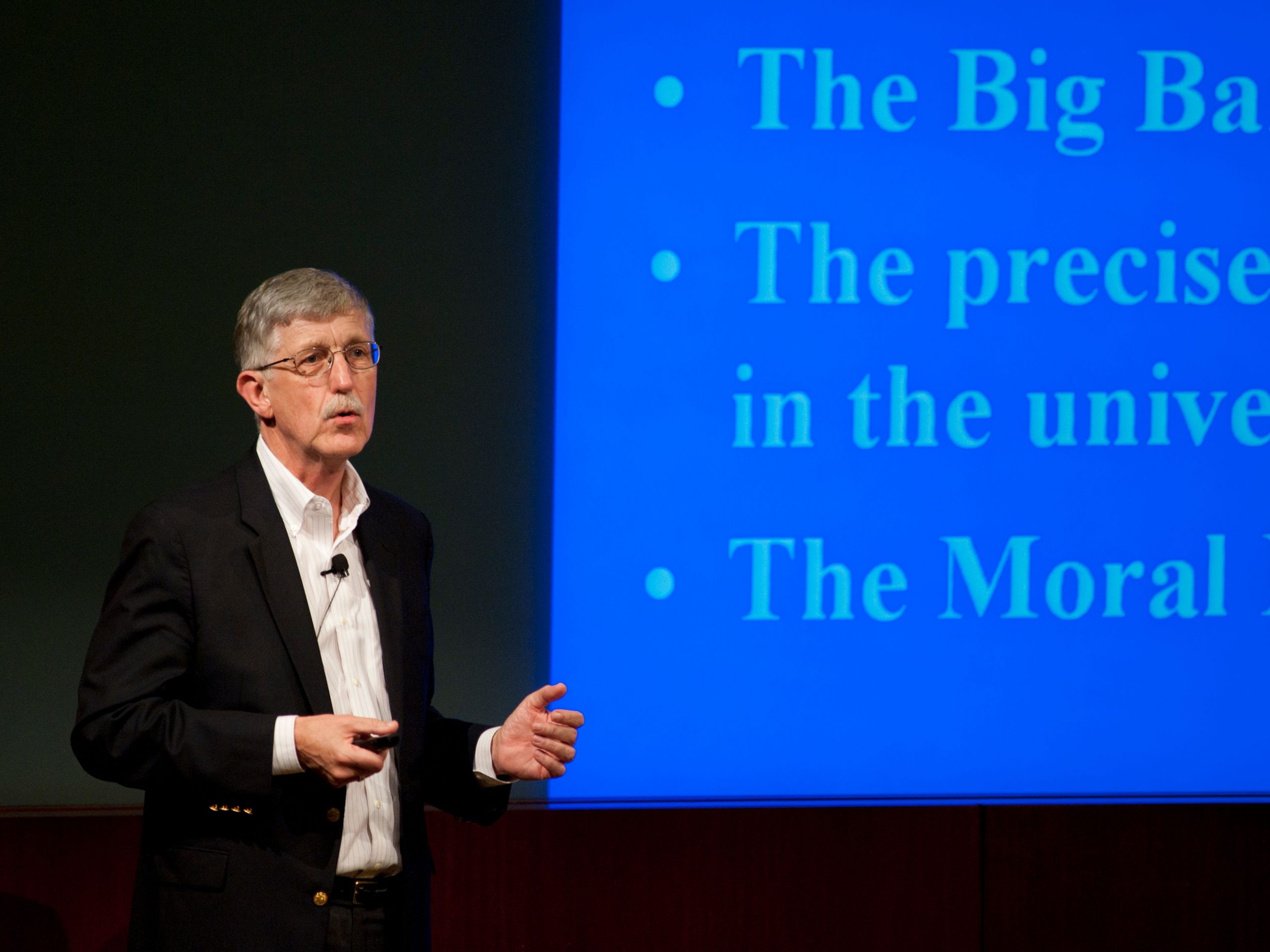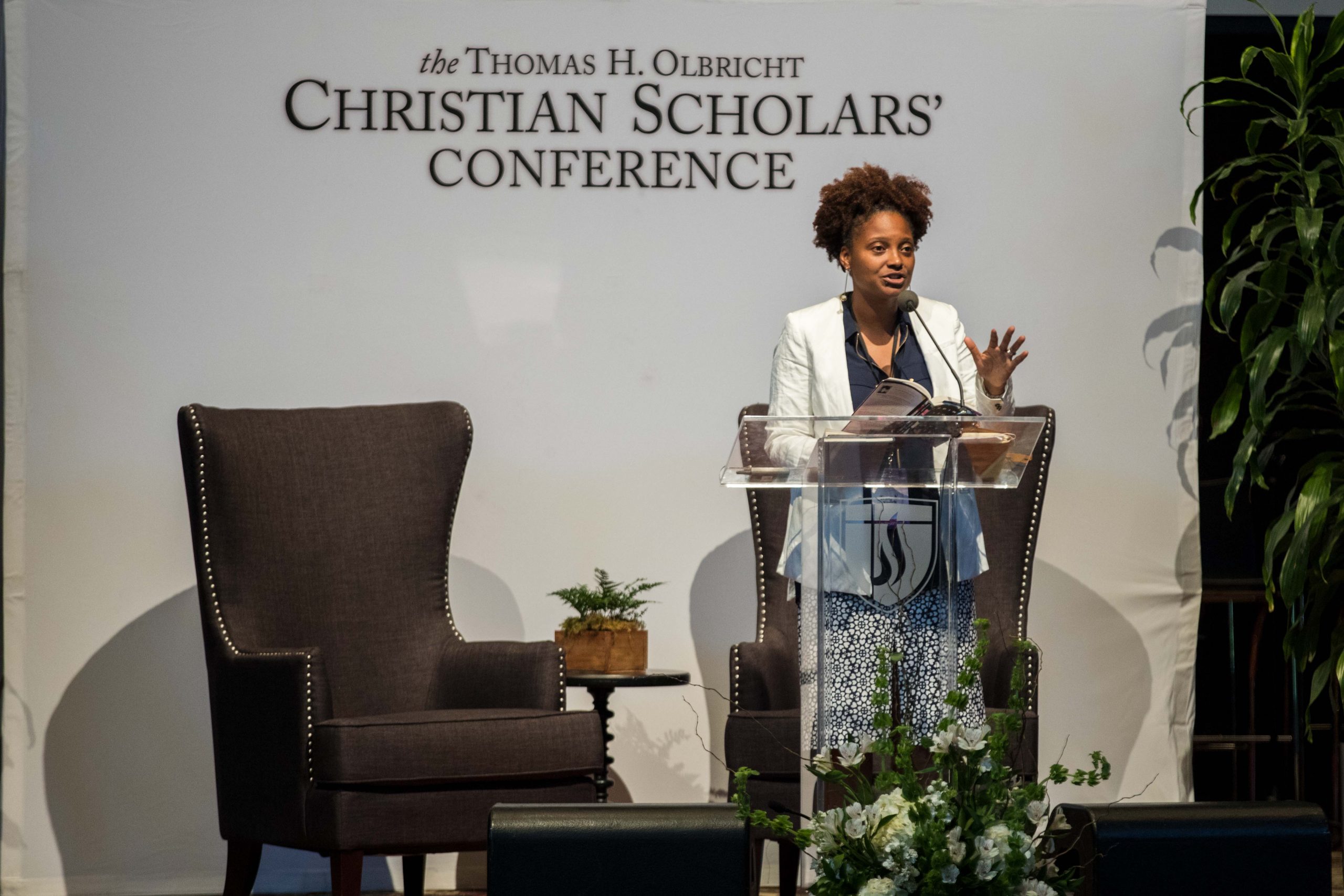Research Updates in the Basic and Biomedical Sciences, Part I
When: June 10, 2021, 1:45 pm - Thursday
Where: Swang 100
Session 4
Session Abstract
Through basic and biomedical science research, we are able to identify the molecular basis of disease and basic molecular processes, which provide us with strategies for developing therapeutics, pesticides, and other life-improving chemicals. Our commission to “fill the earth and subdue it” (Genesis 1:28) brings a great responsibility to carefully steward the creation. This session will highlight research efforts among basic and biomedical science researchers at three Christian universities.
Paper Abstracts
(Presenting authors denoted with an *)
Caleb Kersey*, Freed-Hardeman University and C. Korsi Dumenyo, Tennessee State University, “Unwrapping the Complexity of Genetic Regulation in a Hypervirulent Mutant of the Soft Rot bBcterium Pectobacterium Carotovorum”
The phenotype of a mutant Pectobacterium carotovorum strain is characterized by large increases in synthesis of both plant cell wall degrading enzymes and quorum sensing molecules. These phenotypes were believed to result from a mutation in the regulatory region of a gene coding for a putative sodium sulfate transporter (NssA). Updated annotation of P. carotovorum’s genome suggest mutation occurred in a potential coding region of an uncharacterized gene directly upstream of nssA. We will explore data related to the function of this uncharacterized gene and its role in the complex genetic regulation of P. carotovorum soft rot disease.
William E. Luttrell, Oklahoma Christian University, “Effects of a Series of Ketone Compounds on Liver Microsomal Glucuronyltransferase Activity in Mice—Implications for Ketone-Drug Interactions”
Many individuals are exposed to toxic chemicals in the workplace that alter the way they respond to therapeutic drugs. Very little is known about interactions of common ketone compounds with drug metabolizing enzymes. To further understand these interactions in humans, this study determined the effects of a series of ketones on activity of mouse liver microsomal glucuronyltransferase following in vitro exposure to five ketones of increasing molecular weight. Using Lineweaver-Burk plots, enzyme kinetic studies were completed. Results showed increasing enzyme activity with increasing molecular weight for most of the ketone compounds. Pretreatment of mice with ketones will be among future studies.
Joseph E. Deweese*, Judy N. Trac, J. Myles Keck, Ashley C. Daugherty, and Mariam G. Hawaz, Lipscomb University, “Mapping the Functional Domains of the C-terminal Domain of Topoisomerase IIα”
Topoisomerase II is a critical cellular enzyme and an anticancer drug target. Topoisomerase II is involved in unknotting DNA during transcription, replication, and cell division. Recent efforts have focused on designing drugs that can selectively inhibit topoisomerase IIα and avoid the other human version, topoisomerase IIα. To that end, we have been exploring the C-terminal domain (CTD) of topoisomerase IIα, and have mapped the amino acids and post-translational modifications known to have a direct impact on enzyme function. We have mutated key CTD amino acids to test the role of these positions. We will explore these findings and discuss implications for future work on these enzymes.
Speakers
Joseph E. Deweese, Lipscomb University, Convener
- Caleb Kersey* and C. Korsi Dumenyo, Freed-Hardeman University; Tennessee State University, “Unwrapping the Complexity of Genetic Regulation in a Hypervirulent Mutant of the Soft Rot Bacterium Pectobacterium Carotovorum”
- William E. Luttrell, Oklahoma Christian University, “Effects of a Series of Ketone Compounds on Liver Microsomal Glucuronyltransferase Activity in Mice—Implications for Ketone-Drug Interactions”
- Joseph E. Deweese*, Judy N. Trac, J. Myles Keck, Ashley C. Daugherty, and Miriam G. Hawaz, Lipscomb University, “Mapping the Functional Domains of the C-terminal Domain of Topoisomerase IIα”





